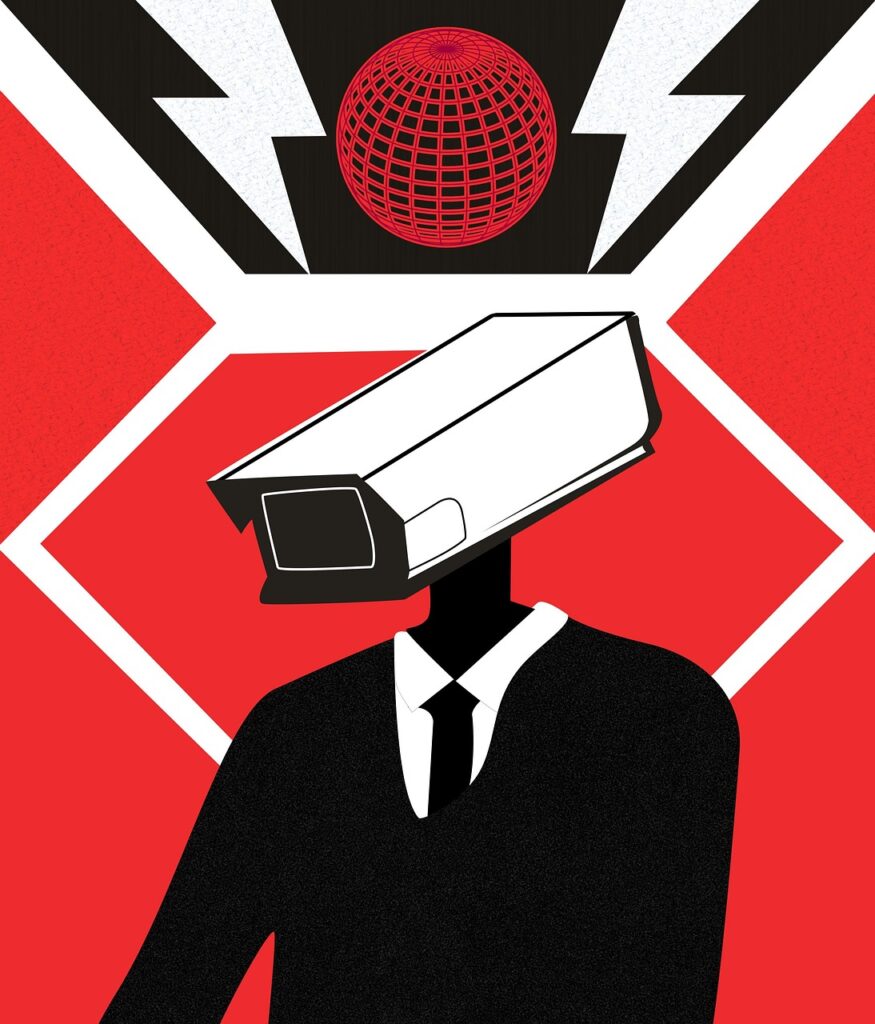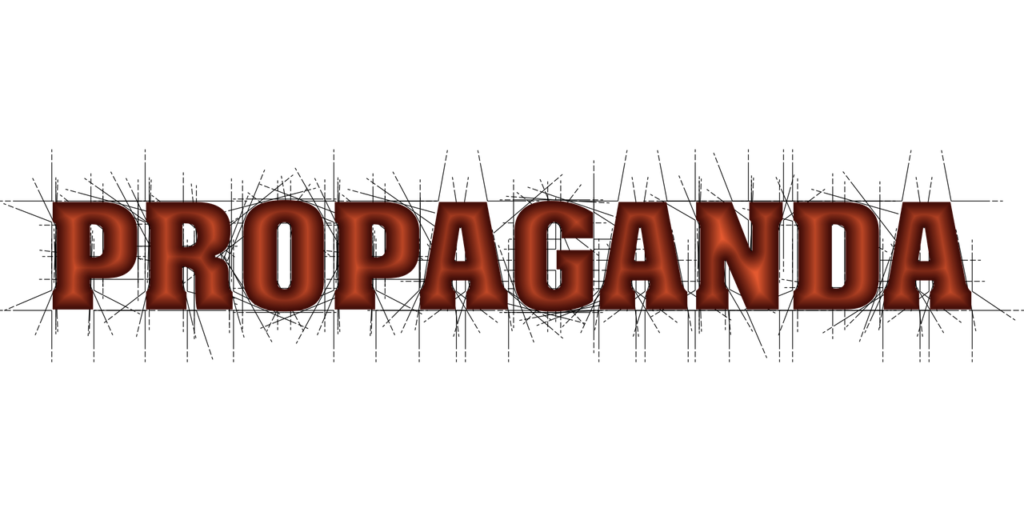In an era where information is both abundant and weaponized, the challenge is no longer just to combat propaganda but to understand why it thrives, even after the dramatic shifts that seemed to promise its decline. It’s December 1991- the Soviet Empire has just collapsed, marking the dawn of a new era. Its demise, almost anticlimactic, brought an end to an age of ideological battles and fierce rivalries between communism and capitalism. Some joyfully exclaimed, “Finita la comedia!” while others, as reported by The New York Times, raised their hands to the sky in horror and wondered what the future would bring. The rapid and turbulent revival of history, some argued, delivered the final blow to faith in absolute, objective reality and historical necessity – a death long anticipated with the rise of a postmodern world stripped of absolute truths, the same truths that had ensnared countless souls in the dying century. Consequently, without such ideological fallacy, this would be the end of propaganda as well. Or so we thought.

Over time, old animosities resurfaced, and hybrid war became a popular term to describe the complex and covert nature of modern warfare – fueled by disinformation, propaganda, and the growing presence of hybrid discourses in a post-truth world. These forces are widely regarded as major threats to democratic societies and beyond, as they distort our understanding of how the world works, or how we are supposed to perceive it. As a result, initiatives, funding, and programs focused on media literacy education have gained traction in the West. Scholars note that social media now play a greater informational role than ever before, making young people especially vulnerable to these influences.
The question is, how can young people and society as a whole engage with the world in a way that avoids the traps of propaganda, disinformation, and ideological extremes? I may not have a definitive answer just yet, but I would argue that while recent decades have seen the emergence of new mechanisms to combat propaganda and misinformation, a crucial yet largely overlooked link remains missing from the conversation. Though this link may not complete the whole picture, it plays a vital role in modern societies.
Contrary to popular belief, much of the propaganda and bias we encounter may not stem from someone’s carefully guided and deliberate intent, but simply from the fact that – it works. Even setting aside the debate over whether pure objectivity is a myth (despite the appeal of unbiased news), it is widely accepted that our perspectives are shaped by biases and personal experiences through which we interpret the world. It’s not just the media creating the news – we play a role, too. It takes two to tango, and this is especially true in liberal, capitalist societies, where national news outlets compete for clicks that generate revenue-money that many families and individuals depend on. While propaganda is often assumed to be crafted with clear intent (and sometimes is), it wouldn’t be effective in the first place if it weren’t, at least to some extent, appealing to the collective. As a result, small and medium-sized media outlets are primarily concerned with what their audience wants to read, acting as intermediaries between public preferences and real information sources. This, in turn, shapes the headlines, the images, and the tone of the news we consume.
Media is usually both a creator and a mirror of public perception. It often relies on familiar representations of key political figures, reducing them to mere symbols in the informational landscape – figures we can strongly relate to or feel deeply about.

This becomes problematic when these representations become static, preventing these individuals from introducing new ideas beyond their predefined personas. This happens, in part, because we crave predictability and simplicity – even a negative future can feel less daunting than an unpredictable one.
The media itself is not exempt from this phenomenon and is often, rightly or wrongly, seen as a convenient tool wielded by elites to manipulate and control the ordinary public. It serves as the perfect scapegoat, condemned by the masses for its repugnant fakeness – a criticism that allows people to revel in self-righteousness and moral superiority while avoiding real responsibility for the increasingly ‘abstract’ wars and injustices unfolding in the world.
The impact of these symbols is amplified by a deeper psychological subtext. Research suggests that individuals share a need for chaos – a force that has historically driven societal change but can also be misused. This need is found both in nihilists and in those who seek purpose in rebuilding the world anew.
Naturally, we are drawn to articles and videos that highlight societal fractures, tensions, and crises-reminders that our world is far from perfect. However, this tendency can have serious consequences, especially when combined with black-and-white narratives that oversimplify complex realities.
As much as there is a tendency to see the world as just-covered in flowers and rainbows – for many, life is incredibly harsh and unforgiving, far from the idealized vision often presented by political elites and NGO representatives. People rebel against this perfect and just image when it fails to acknowledge the real struggles and injustices they endure. In response, they take refuge in imagined characters whose fictitious defiance resonates with their own desires or self-perception. And if necessary, they may even, at least subconsciously, take pleasure in watching this perfect world burn to ashes.
Put simply, if you believe you have an enemy whose influence you want to contain, the last thing you should do is grant them even more power by portraying yourself as entirely good and them as entirely evil.
Thereby, these are some of the reasons that make propaganda and disinformation thrive in today’s information age. If narratives succeed not merely because they are imposed but because they resonate with deep human instincts – our need for order, struggle, and belonging-then countering them requires more than fact-checking or media literacy efforts. It calls for an understanding of the complexities of human perception, the frustrations of those who feel unheard, and the seductive appeal of simple, binary truths in a world that often lacks clear order or meaning. The missing link thus seems to be hidden in the symbiotic dance between what we crave and what we’re fed.
Ultimately, the future of democratic societies will depend on more than just resistance to misinformation; it will require a culture that values nuance, critical thinking, and the courage to embrace discomfort. Only then can we engage with the world without falling into the traps of utopian blindness or cycles of cynicism and division.